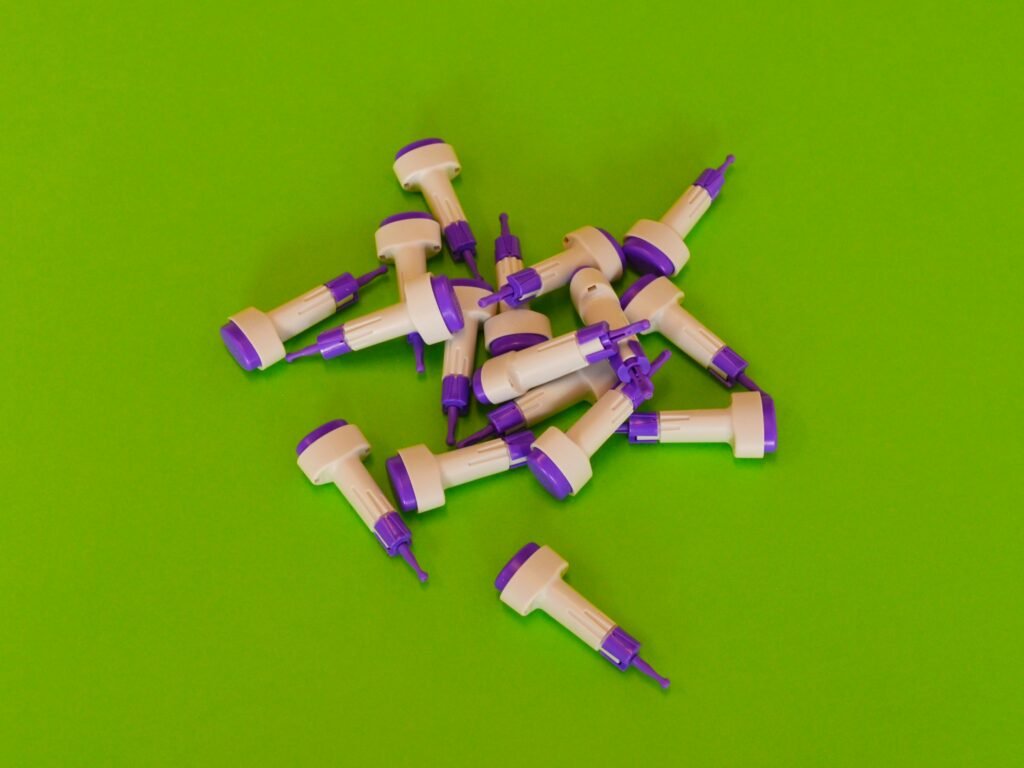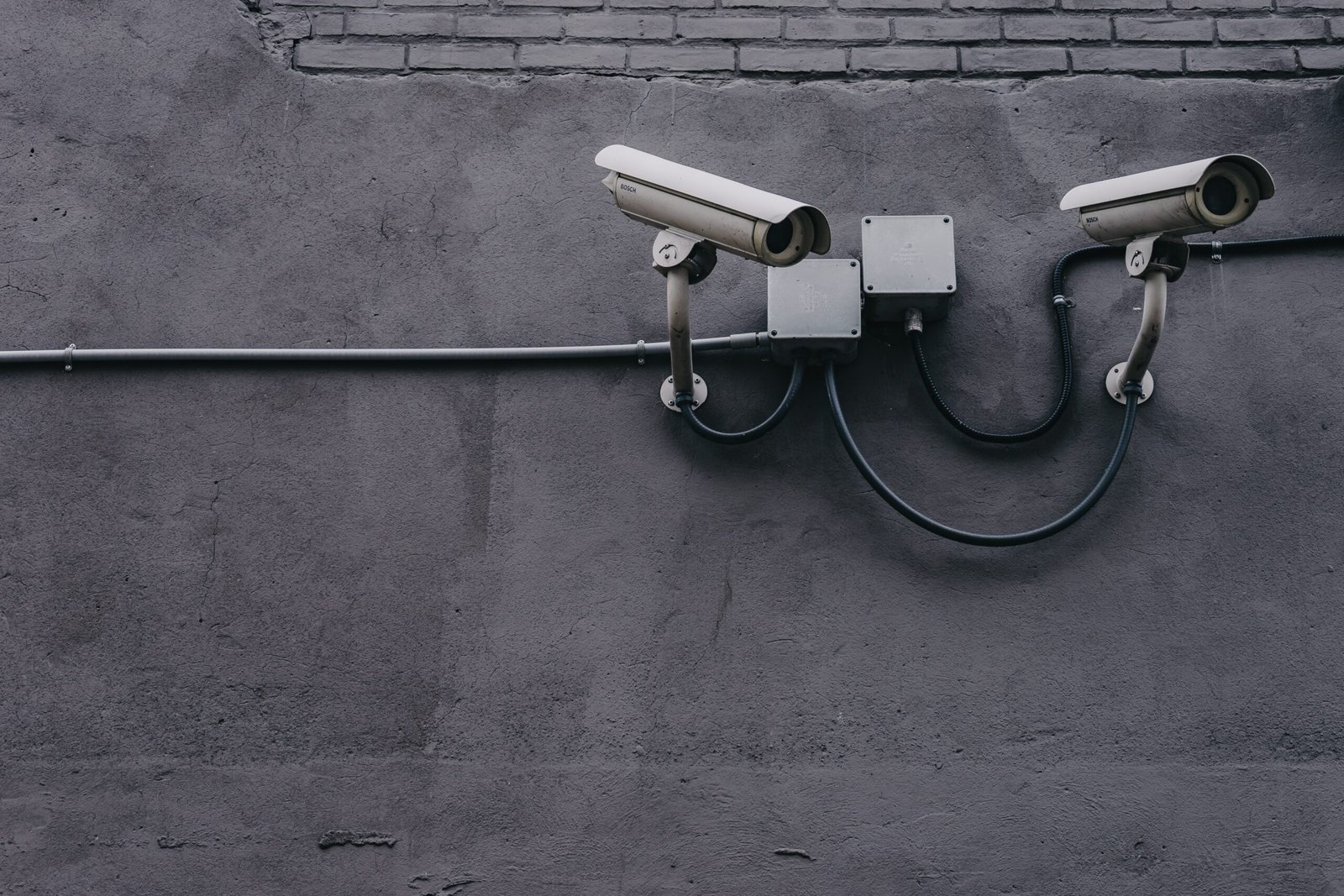Traveling can be an exciting adventure, filled with new experiences and memories. However, for individuals who rely on insulin pens and needles, it’s important to know whether these essential medical supplies can be brought on a plane. The good news is that you can indeed take your insulin pen and needles with you when you fly. Airlines understand the importance of medication for individuals with diabetes, so they have specific guidelines in place to ensure a smooth and hassle-free journey. In this article, we will explore these guidelines in detail, providing you with the information you need to travel with ease and peace of mind.
What is an insulin pen?
An insulin pen is a medical device used to administer insulin to individuals with diabetes. It is a convenient and portable alternative to the traditional syringe and vial method of insulin delivery. The insulin pen consists of a cartridge filled with insulin and a pen-like device with a needle attached at the end. The pen is designed to be discreet, easy to use, and allows for precise dosage measurements.
Components of an insulin pen
The insulin pen is comprised of several key components. These include:
-
Cartridge: This is where the insulin is stored. The cartridge is replaceable and comes in various sizes and strengths depending on the individual’s insulin requirements.
-
Pen body: The pen body is the main part of the device and holds the cartridge securely in place. It is designed to be easy to hold and control for comfortable and accurate insulin administration.
-
Dose selector: The dose selector is used to set the desired amount of insulin to be injected. It allows for precise dosage adjustments, ensuring accurate and consistent insulin administration.
-
Needle: The needle is attached to the pen body and is used to deliver the insulin subcutaneously. Needles are available in different lengths and gauges to accommodate individual preferences and skin thickness.
-
Safety mechanism: Many insulin pens come equipped with a safety mechanism, such as a cap or twist-on/off feature, to protect the needle from contamination and prevent accidental needle sticks.
How does an insulin pen work?
Using an insulin pen is a straightforward process. Here’s a step-by-step guide on how it works:
- Attach a new disposable needle to the pen body.
- Prime the pen by turning the dose selector until a drop of insulin appears at the needle tip. This ensures the needle is properly filled with insulin.
- Set the desired dose of insulin by turning the dose selector to align the desired number on the dose indicator.
- Pinch the skin at the injection site and insert the needle at a 90-degree angle or as per healthcare provider’s recommendation.
- Press the dose button fully to administer the insulin.
- Hold the needle in place for a few seconds before removing it from the skin to ensure all the insulin is delivered.
- Dispose of the needle safely and replace the cap on the pen.
Insulin pens offer a user-friendly and efficient way to deliver insulin, making it easier for individuals with diabetes to manage their condition.
Benefits of using an insulin pen
There are several advantages to using an insulin pen over the traditional syringe and vial method:
-
Convenience: Insulin pens are compact and portable, making them easy to carry and use on the go. This allows individuals to discreetly administer insulin, even in public settings.
-
Accurate dosing: Insulin pens have dose selectors that allow precise measurement of insulin doses. This helps ensure consistent and accurate dosing, reducing the risk of medication errors.
-
Ease of use: Insulin pens are designed to be user-friendly, with clear instructions and simple mechanisms. They offer a more intuitive and less intimidating insulin delivery method, especially for those new to insulin therapy.
-
Reduced pain and discomfort: The design and needle options available with insulin pens often result in less pain and discomfort during injection compared to traditional syringes.
-
Improved adherence: Insulin pens can help promote adherence to insulin therapy, as they eliminate the need for drawing up insulin from a vial. This can be particularly beneficial for individuals with dexterity issues or visual impairments.
Overall, insulin pens offer convenience, accuracy, ease of use, and improved patient adherence, making them a popular choice for insulin delivery among individuals with diabetes.
Can I bring my insulin pen and needles on a plane?
Yes, you can bring your insulin pen and needles on a plane, as long as you comply with the regulations set by the Transportation Security Administration (TSA) and follow necessary precautions.
Transporting medications on a plane
The TSA allows passengers to bring medications, including insulin and needles, onto a plane. These medications are not subject to the usual liquid restrictions, such as the 3.4-ounce limit for carry-on liquids. However, it’s important to follow specific guidelines to ensure a hassle-free travel experience.
TSA regulations regarding insulin pens and needles
To bring your insulin pen and needles on a plane, you should:
- Declare them to the TSA officer during the security screening process.
- Insulin pens and vials should be properly labeled with the prescription information that matches the passenger’s identification.
- Keep the medications in their original packaging, if possible, to facilitate the screening process.
- It’s advisable to carry a copy of your prescription or a doctor’s note specifying your medical condition and the need for insulin.
- Insulin, along with other medications, does not count towards the liquid limits for carry-on baggage.
- Extra supplies, such as needles, lancets, and alcohol swabs, should also be carried in your carry-on bag.
By adhering to these TSA regulations, you can ensure smooth transit through security checkpoints with your insulin pens and needles.

Preparing for air travel with insulin pen and needles
When planning to travel by air with your insulin pen and needles, it is essential to take appropriate steps to ensure a seamless travel experience. Here are some steps to follow:
Consulting with your healthcare provider
Before embarking on your journey, it’s advisable to consult with your healthcare provider to discuss your travel plans. They can provide valuable information and guidance specific to your medical needs. They may also help you determine the amount of insulin you’ll need during your trip and provide tips for managing your diabetes while traveling.
Check with the airline beforehand
It’s always a good idea to contact your airline in advance to confirm their policies related to carrying insulin pens and needles. Different airlines may have slightly different guidelines, so it’s important to be aware of any specific requirements or restrictions they may have. This will help you avoid any last-minute surprises at the airport.
Organizing your insulin pen and needles for travel
When packing for your trip, it’s crucial to keep your insulin pen and needles readily accessible. Consider organizing them in a separate, easily identifiable pouch or bag within your carry-on luggage. This will make it easier for you to locate them during security screenings and minimize any potential delays.
Additionally, it is advisable to carry extra insulin and supplies in case of unexpected travel delays or emergencies. This will ensure you have an adequate supply even if your travel plans change unexpectedly.
Carrying your insulin pen and needles onboard
Now that you’ve prepared for your journey, let’s explore how to properly carry your insulin pen and needles onboard the aircraft.
Storing insulin properly
Insulin should be stored properly to maintain its effectiveness. During your flight, it’s important to prevent insulin from being exposed to extreme temperatures. Insulin should not be stored in the aircraft’s overhead compartment or checked baggage, as the temperature in these areas may fluctuate significantly.
Instead, keep your insulin with you in your carry-on bag or personal item. Ensure it is kept at a safe temperature, preferably between 36°F and 46°F (2°C and 8°C), by using a small cooler or insulated bag with ice packs.
Packaging and labeling requirements
To ensure a smooth security screening process, it’s important to follow the packaging and labeling requirements for your insulin pen and needles. Here are some guidelines to keep in mind:
- Keep your insulin pens and needles in their original packaging, if possible. This packaging often includes important label information, such as the prescription details and manufacturer’s name.
- Clearly label any additional supplies, such as spare needles and lancets, to avoid confusion during inspections.
- Store all medications and supplies together in a clear, resealable bag or pouch to facilitate their separate screening at security checkpoints.
By adhering to these packaging and labeling requirements, you can help ensure a hassle-free experience when traveling with your insulin pen and needles.
Carry-on vs. checked baggage
It is generally recommended to carry your insulin pen and needles in your carry-on baggage rather than in your checked luggage. This way, you can keep them with you at all times and easily access them when needed.
Carrying your insulin pen and needles in your carry-on bag reduces the risk of loss, damage, or exposure to extreme temperatures that may occur with checked baggage. Additionally, having your medications within reach can provide you with peace of mind throughout your journey.

Navigating security checkpoints with insulin pen and needles
When going through security checkpoints at the airport, it’s important to follow specific procedures to ensure a smooth experience with your insulin pen and needles.
Declare your medications
As you approach the security checkpoint, inform the TSA officer that you are carrying medications, including insulin and needles. Clearly state that you have diabetes and require these items for your medical condition. This proactive approach will help initiate the appropriate screening procedures and minimize any potential confusion.
Carry a doctor’s note
Carrying a doctor’s note or a letter from your healthcare provider can be extremely beneficial when going through security checkpoints. The note should outline your medical condition, the need for insulin, and any other relevant information. This document can serve as evidence in case any questions or concerns arise during the screening process.
Expect additional screening procedures
Due to the nature of insulin pens and needles, additional screening procedures may be necessary. For instance, the TSA may request to visually inspect your medications, including the insulin pen and needles.
Be prepared for a thorough inspection, which may involve opening the packaging or handling the medications with gloves. This is standard procedure to ensure the safety of all passengers and should not cause any harm or compromise the integrity of your medications.
By anticipating and cooperating with additional screening procedures, you can help facilitate the security process and ensure a smooth travel experience.
Tips for a smooth travel experience with insulin pen and needles
To ensure a seamless travel experience while managing your diabetes with an insulin pen, here are some additional tips to keep in mind:
Bring extra supplies
Always carry more insulin and supplies than you anticipate needing during your trip. Plan for unforeseen circumstances, such as flight delays or travel extensions, to avoid any potential medication shortages. Having extra insulin, needles, lancets, and glucose monitoring strips can provide peace of mind and help you manage your diabetes effectively.
Pack in a carry-on bag
As mentioned before, pack your insulin pen and needles in your carry-on bag instead of checked luggage. This will ensure you have easy access to your medications throughout the journey, even if baggage gets delayed or lost. Additionally, keeping your medications with you will protect them from temperature fluctuations in the cargo hold.
Keep medications easily accessible
When packing your carry-on bag, place your insulin pen and needles in an easily reachable location. This will enable you to quickly retrieve them during security screenings or in case you need to administer insulin during the flight. Consider using a small pouch or pocket within your bag to keep your medications organized and readily available.
By following these tips, you can help ensure a smooth travel experience while managing your diabetes with an insulin pen.

Handling emergencies during travel
While you hope for a stress-free journey, it’s crucial to be prepared for potential emergencies that may arise during travel. Here are some key considerations:
Plan for potential delays
Flight delays can occur due to various reasons, and it’s important to be prepared for unexpected interruptions. When traveling with insulin, pack extra insulin and supplies to accommodate any extended travel time. This will help prevent any immediate medication shortages and allow you to manage your diabetes effectively until you reach your destination.
Identify medical facilities at your destination
Before traveling, research and identify medical facilities at your destination. Find out the location of hospitals, clinics, or pharmacies that can provide diabetes-related care and assistance if needed. Having this information readily available will help you navigate any medical emergencies or unexpected situations that may arise during your trip.
Carry emergency contact information
Always carry your emergency contact information with you. Ensure that you have the contact details of your primary healthcare provider and any other relevant persons who can assist in case of an emergency. Having this information easily accessible will facilitate prompt communication and proper medical care, if required.
Legal considerations for international travel
If you are traveling internationally with your insulin pen and needles, it’s essential to be aware of the regulations in your destination country. Here are some key legal considerations to keep in mind:
Research destination country’s regulations
Every country has its own regulations regarding the importation and transportation of medications, including insulin and needles. Research the specific restrictions and requirements of your destination country to ensure compliance with their laws. You may need to obtain special permits, translations of prescriptions, or other specific documentation to legally carry and use your insulin pen and needles.
Obtain necessary documentation
Before traveling abroad, consult with your healthcare provider to obtain any necessary documentation or paperwork. This may include a letter or medical certificate stating your medical condition, the need for insulin, and any prescribed medications. Some countries may require this documentation for customs and immigration purposes, so it’s important to prepare in advance to avoid any complications at the border.
By understanding and following the legal considerations for international travel with your insulin pen and needles, you can have a stress-free journey while complying with the regulations of your destination country.

Additional resources for traveling with insulin pen and needles
To further assist you in navigating travel with your insulin pen and needles, here are some additional resources to consider:
International Diabetes Federation’s travel guidelines
The International Diabetes Federation (IDF) provides travel guidelines specifically tailored for individuals with diabetes. These guidelines offer valuable information on managing diabetes while traveling, including advice on carrying medications, dealing with time zone changes, and ensuring a healthy diet. Accessing these guidelines can help you make informed decisions and effectively manage your diabetes throughout your journey.
Transportation Security Administration (TSA) website
The TSA website is an excellent resource for up-to-date information on the security screening process and regulations related to carrying medications on a plane. It provides detailed guidelines on traveling with medications, including insulin pens and needles. Checking the TSA website before your trip will ensure you have the most current information and can be adequately prepared for the security screening process.
Conclusion
Traveling with an insulin pen and needles is entirely possible and can be a seamless experience if you plan and prepare appropriately. By understanding the components and functioning of an insulin pen, adhering to TSA regulations, organizing your medications for travel, and following security checkpoint procedures, you can ensure a hassle-free journey while effectively managing your diabetes. Remember to consult with your healthcare provider, carry necessary documentation, and research the legal requirements of your destination country when traveling internationally. With the right preparations and resources, you can travel confidently and enjoy your trip while successfully managing your diabetes.


